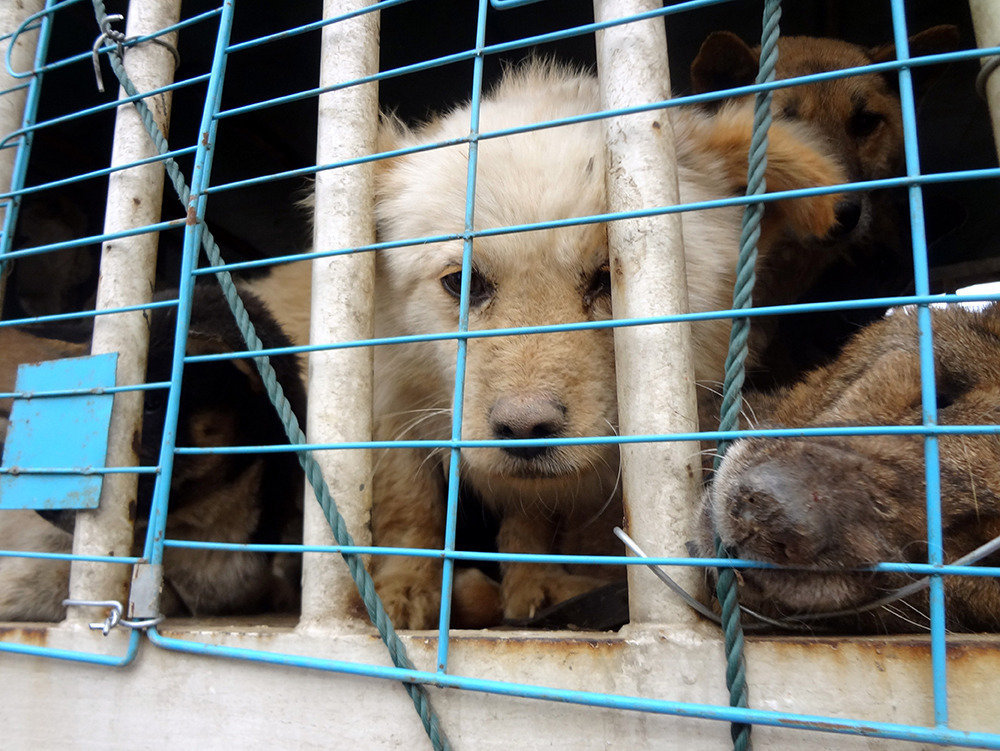Animal cruelty remains a pressing issue in various parts of the world, with particularly egregious instances occurring in countries where cultural attitudes towards animals differ significantly from the norms of animal welfare prevalent in the West. China, for example, is often scrutinized for its practices relating to pets, particularly dogs and cats. However, this is not solely a Chinese issue; numerous nations experience similar challenges. This article will explore various strategies that can be employed to prevent animal cruelty, both in China and globally.
One of the most effective approaches to mitigating animal cruelty is through comprehensive legal reform. Legislation establishing strict penalties for animal abuse can serve as a powerful deterrent. In countries with lax animal welfare laws, perpetrators may feel emboldened to commit heinous acts against animals without fear of reprisal. Legal frameworks must not only outlaw cruelty but also include provisions for the protection and rehabilitation of victims. China has made progress in this area with increasing discussions around animal welfare laws, but further advocacy is necessary to push these reforms through the legislative process.
In tandem with legal reform, there is a pressing need for rigorous enforcement of existing laws. Countries must ensure that local authorities are adequately trained and resourced to respond to reports of animal cruelty. This includes creating specialized units within law enforcement agencies that focus solely on animal welfare. Public awareness campaigns can help mobilize communities to report abuse and support the enforcement processes. By making it imperative for local governments to act, there can be consequences for individuals who mistreat animals.
Public education plays a crucial role in shifting societal perceptions regarding animals. Awareness campaigns can illuminate the ethical implications of animal cruelty, fostering empathy and understanding. Educational initiatives should target schools, community centers, and even online platforms to engage a wide audience. Topics can range from the importance of spaying and neutering pets to the significance of adopting rather than buying animals. Increasing knowledge about humane treatment can gradually reshape cultural attitudes, leading to increased respect for animal life.
Another vital component is the involvement of non-governmental organizations (NGOs) dedicated to animal welfare. NGOs can fill the gaps left by governmental entities, providing direct assistance to animals in need. This includes rescuing abused animals and a fostering system that allows for rehabilitation and rehoming. Collaborations between local groups and international organizations can facilitate knowledge sharing and resources. Fundraising campaigns can also bolster their efforts to tackle systemic issues of animal cruelty.
Moreover, fostering partnerships with local businesses can drive change. Companies can implement corporate social responsibility programs that involve animal welfare initiatives. For instance, pet supply chains could sponsor shelters or promote adoption events. Collaborating with local veterinarians to offer discounted spaying and neutering services can prevent future instances of abandonment or cruelty. Community involvement in such initiatives imbues a sense of shared responsibility, engaging a broader audience beyond mere advocacy.
Animal cruelty prevention can also be enhanced through initiatives surrounding responsible pet ownership. Providing animal owners with resources and education about proper care and the responsibilities that come with pet ownership is paramount. This includes information on nutrition, healthcare, and behavioral training. By equipping pet owners with knowledge, the likelihood of neglect can be diminished. In addition, promoting adoption from local shelters over purchasing pets from breeders can contribute to reducing the number of animals in need of homes.
Online platforms have emerged as vital tools in the fight against animal cruelty. Social media can serve as a propagator for change, allowing activists to share instances of abuse, successful rescues, and educational content. Videos, images, and articles can mobilize community members to act swiftly in the face of cruelty. Additionally, online petitions provide a mechanism for advocating for legal reforms or initiatives. Digital activism can ignite a wave of support, demonstrating to governments and corporations that animal welfare is a matter of public concern.
As technology advances, innovative solutions are continually emerging to combat animal cruelty further. For example, apps that allow pet owners to connect with training resources, local veterinarians, and shelters can become indispensable tools in promoting responsible ownership. Similarly, surveillance technology can be used to monitor areas where abuse is suspected, creating a form of accountability for offenders. These technological advances can bolster community efforts to protect animals and create a safer environment for them.
A unique yet effective strategy involves fostering compassion through experiential education. Initiatives that allow individuals to interact with animals in a safe and controlled environment can break down misconceptions about their value and rights. Programs that involve therapeutic activities featuring animals can highlight their emotional capacities, not merely viewing them as property but as sentient beings deserving of care. By establishing these emotional connections, people may be more inclined to advocate for animal rights.
Addressing animal cruelty requires a multifaceted approach that engenders collaboration across sectors. From legal reforms to educational outreach, every effort counts towards building a world where animals are treated with the dignity they deserve. Through persistence and collective action, the tide can be turned against cruelty, fostering a global culture of compassion and respect for all living beings. Only when we unite to embrace humane values can we mitigate the suffering experienced by countless animals in China and beyond.





